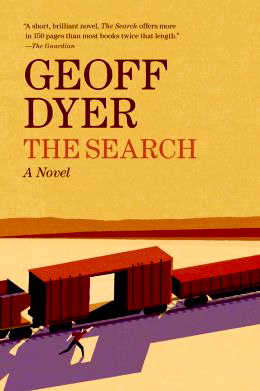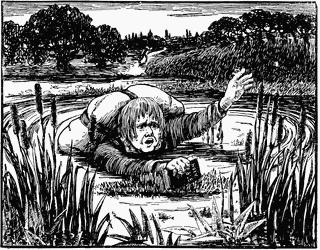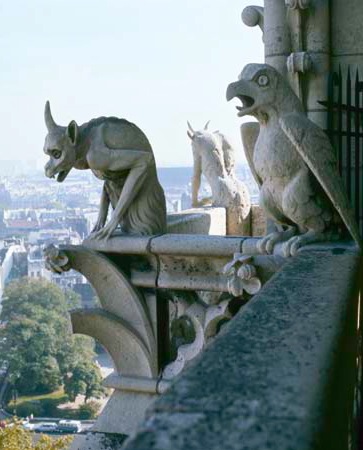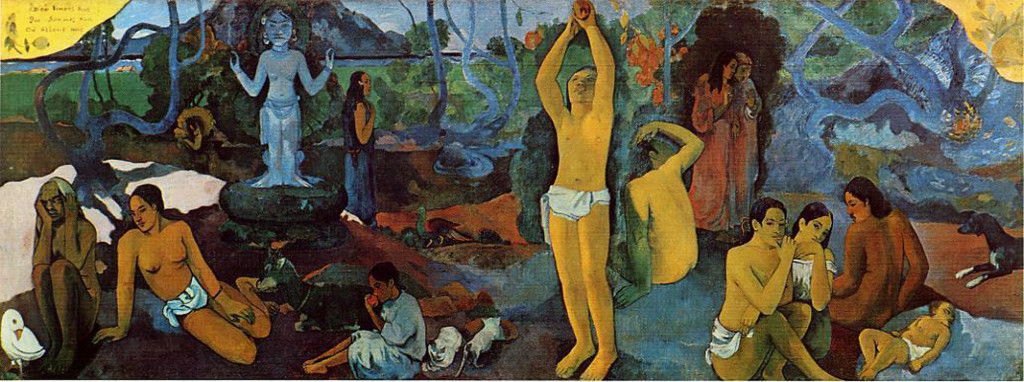“He had nothing to go on. Hunting out a woman with the tarot cards to see if she could give him a few leads seemed as good an idea as any. Or flip through the phone book for a spiritualist… Absurd though they were, these thoughts marked a turning point…in his search for Malory. From then on…he came to rely less on external clues than on his intuitive grasp of what Malory might have done in similar circumstances.”
 With his crisp, hard-boiled style, unrelenting pace, and a protagonist reminiscent of Travis McGee, whose earthiness was always mixed with a sense chivalric mission, Geoff Dyer might seem, at first, to have much in common with John D. MacDonald whose pulp novels of the 1960s and 1970s were so popular. Though Dyer does use a relatively tough and noir-ish style at the outset of the novel, and does have a main character with a mission, he quickly leaves the dark realism of MacDonald’s novels behind and moves into far more philosophical areas, alien to Travis McGee. Once beyond the first chapter, Dyer begins to reveal a more vibrant, less cryptic, literary style filled with unique images and descriptions. The plot abandons dark realism and starts moving in and out of reality, dreams, literature, symbolic stories reminiscent of old allegories, art, and medieval quests and jousts with an evil enemy, as Dyer branches out into metaphysical realms. No matter how surprising (and sometimes abstract) the author’s focus may seem to be as the novel progresses, however, Dyer never loses sight of his plot or his characters, and the overall framework of this quest novel never disappears.
With his crisp, hard-boiled style, unrelenting pace, and a protagonist reminiscent of Travis McGee, whose earthiness was always mixed with a sense chivalric mission, Geoff Dyer might seem, at first, to have much in common with John D. MacDonald whose pulp novels of the 1960s and 1970s were so popular. Though Dyer does use a relatively tough and noir-ish style at the outset of the novel, and does have a main character with a mission, he quickly leaves the dark realism of MacDonald’s novels behind and moves into far more philosophical areas, alien to Travis McGee. Once beyond the first chapter, Dyer begins to reveal a more vibrant, less cryptic, literary style filled with unique images and descriptions. The plot abandons dark realism and starts moving in and out of reality, dreams, literature, symbolic stories reminiscent of old allegories, art, and medieval quests and jousts with an evil enemy, as Dyer branches out into metaphysical realms. No matter how surprising (and sometimes abstract) the author’s focus may seem to be as the novel progresses, however, Dyer never loses sight of his plot or his characters, and the overall framework of this quest novel never disappears.
Originally published in 1993, and recently re-released by Graywolf Press, The Search benefits from its setting in a period in which there are no computers, cell phones, iPads, or an internet to consult for information. Instead, it requires the main character to make decisions as well as he can with the knowledge he already has – there can be no “wait-a-minute-while-I-look-it-up” moments in this novel where one of the major events is the discovery of a Dictaphone tape. As a result, the author is able to maintain Walker’s quest for answers, both in his personal life and in his mission to find a missing man, with an intensity and honesty which allow the main character to grow and explore ideas within the search which dominates the novel.

"Night Hawks," by Edward Hopper (1942), directly parallels the mood and atmosphere of the novel as Walker travels the country looking for Malory and spending time in local cafes.
Main character Walker meets Rachel Malory at an elegant cocktail party ”by the bay,” where he feels out of place and where the one point of compatibility they discover is that both of them regard this as a “terrible party.” When Walker tires and leaves, Rachel does not suggest that he call her. Instead, she says that she will contact him, which she does shortly thereafter, appearing at his apartment two days later. Asking leading questions, she wants to know what he’s doing these days, and when he is evasive, she lets him know that she thinks he’s been involved in “quite a few interesting things. Not all of them quite legal.” When he then tries to be enigmatic, she asks, simply, “How was prison?” She eventually reveals that she knows he has been a “tracker” and that she is looking for someone like him who will find Alexander Malory, her husband, who has disappeared. Though they have been separated for a long time, there are people who want to kill him, and she needs him to sign some papers to get around a legal loophole which has just arisen: if he dies or is arrested before she gets his signature, she will lose everything. She agrees to pay Walker twice as much as he received on his last case.

The Slough of Despond is John Bunyan's description of a person's misery when feeling totally alienated from God.
Getting as much information as he can about Malory’s last sightings and phone calls, Walker takes the job and goes to Durban, a three day drive from where he is. Dyer is careful not to mention real places. He never says that this is San Francisco Bay, nor does he specifically identify all the places that Walker drives to, sometimes over the course of three days, as the novel unfolds. Shortly after arriving in Durban, Walker is off on a two-day trip to Kingston on the edge of the “Southern Wetlands” where Malory stayed recently. While there, a man named Carver, arrives, and it quickly evolves that he had been at the same party as Walker and Rachel, and that he has been following Walker.

After leaving Horizon, Walker arrives in a town in which "the city reminded him of Pompeii where people were frozen in the defensive attitudes they assumed when lava poured over the ancient city."
Sneaking in and out of a hotel room, ditching the car, stealing another one, and driving to Meridian, he visits the house of Malory’s sister. Then he is off to Iberia, and then Usfret, where Walker believes that he sees Malory. Eventually, he takes a sea journey and discovers that he is pursued again. In the mysterious Avlona, where he spends the night, there are no people – no one in the shop where he takes a croissant, no one in the clothing shop, and no one in another shop where he takes money from the till. He moves on to several other towns, as the journey itself becomes the story, and the search for Malory begins to wane. It is on his trip to Despond (a parallel with the Slough of Despond in John Bunyan’s Pilgrim’s Progress) that he discovers that everyone remembers Malory there. Trapped in Despond, Walker is unable to motivate himself to leave, but finally, continuing his quest, he takes a train to a new town, a place that is entirely silent – reminiscent of Pompeii – with all the people stopped in mid-action.

The novel culminates in a fight to the death on a cathedral rooftop, a battle in the fashion of a medieval romance.
Eventually, he arrives in the ominously named Nemesis, a medieval town in which he will engage in a “tournament” with his nemesis Carver, narrated as a medieval romance involving symbolic hand-to-hand combat on the roof of a cathedral. The themes are brought to more specific life when Walker talks with a man named Marek, who raises the questions of “What happened to you? Where have you been? Where are you going?” a direct parallel with the most iconic of Gauguin’s paintings.
Full and rich in its imagery and ideas, The Search masquerades as a noir mystery while behaving like an allegory and metaphysical novel – in the style of the novels of Italo Calvino. Challenging and thoughtful, at the same time that it is often surreal, this novel is fun to read and justifies the comment from a writer in the UK’s Daily Telegraph, which calls Dyer “possibly the best living writer in Britain.”

Paul Gauguin's most famous painting, referenced in Marek's question to Walker, "Where Do We Come From? What Are We? Where Are We Going?" also summarizes the novel's themes.
Photos, in order: The author’s photo by Eamonn McCabe appears on http://www.theguardian.com/
The Slough of Despond, from John Bunyan’s allegory, The Pilgrim’s Progress, is from http://etc.usf.edu/
Edward Hopper’s “Night Hawks” (1942), is the visual equivalent of the mood of Walker as he travels from town to town, eating and drinking in cafes. Found on http://www.arts-wallpapers.com/
A person frozen in his dying posture at Pompeii, thought by some to be praying, appears on http://willows95988.typepad.com
Gargoyles on the cathedral rooftop add imagery to the medieval-style battle between Walker and Carver on the cathedral rooftop.
Paul Gauguin’s famous “Where Do We Come From? What Are We? Where are we Going?” is at the Boston Museum of Fine Arts. http://fineartarchives.com/
ARC: Graywolf

